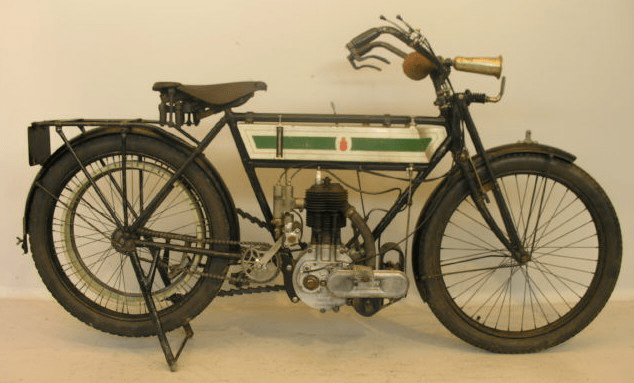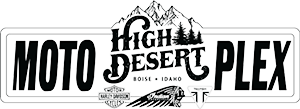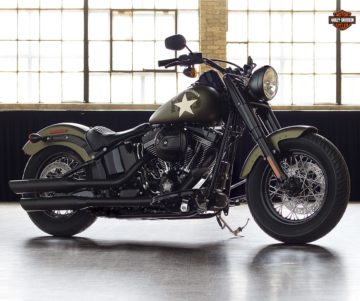
A History of Triumph Motorcycles
austindoty | December 18, 2019 | 0 | History , TriumphWhether you’ve heard of them or not, you know Triumph Motorcycles. They are the epitome of cool in terms of Hollywood stars revving bikes on screen. It was a Triumph Thunderbird 6T Steve McQueen used to jump over the fence of a Nazi prisoner camp in The Great Escape. It was a Triumph Street Triple R Angelina Jolie hijacked to make a get away in Salt. It was a Triumph Scrambler Chris Pratt rode alongside velociraptors in the jungles of Jurassic World. Triumph has the classic build of a motorcycle that is synonymous with cool.
But Triumph Motorcycles wasn’t born on the silver screen. Its origins go back to a time before cinema was even a viable form of entertainment. It started with a company called Triumph Engineering that was founded by Siegfried Bettmann in London, 1885. Initially, it had started as a bicycle manufacturing company. Not until 1902, would the company would create its first bike, and then not even until 1906 that it would come out with a bike with its own original design and own manufactured parts.
Through the beginning of the 20th century the Triumph Engineering would find success selling its motorcycles. It would open a few different factories and would sell in an international market to various countries in Europe, and in the United States. Producers and directors of Hollywood would eventually catch on to the popularity of the bikes and begin to put them in their movies, thus beginning to create the icon the bike has become today.
However, Triumph Engineering, with the rest of the British motorcycle industry in the 1970s, would start to run into financial troubles as Japan began to import bikes that were not only more advanced but cheaper as well. This would begin the sequence of misfortunes the company would face heading toward the end of the century. Attempting to survive, Triumph Engineering would try a number of buy-outs and mergers with other companies, but not one of these attempts would result in new prosperity. Triumph would eventually run out of options, and by 1983, file for bankruptcy. This would seem to be the end of Triumph.
But before the name could fade to memory, a property developer by the name of John Bloor bought the name and manufacturing rights of the company the same year it went bankrupt. Aware the market was different than it was at the beginning of the century, and that consumer bikes had changed quite a bit over the years, he took his time over the course of roughly five years getting the company in order. This entailed getting familiar with the iconic image of Triumph, temporarily outsourcing the production of the bikes to a company owned by businessman Les Harris and by visiting Japan to better understand what made a more advanced and popular bike at the time.
1988 rolled around and the Triumph was in full swing, but now under the name Triumph Motorcycles. This new company worked to create bikes that incorporated the classic stylistics of Triumph motorcycles with the advanced new engineering of the Japanese. And by 1990, it had its first new set of models, the Trophy and the Daytona.
The new company’s innovations helped to make its bikes viable in the modern market and the iconic image of the bike helped keep an appeal to new generations of riders. Using classic images of Steve McQueen and Marlon Brando straddling a Triumph in classic Hollywood films, and then getting the bike to appear in new titles like Jurassic World, John Bloor and his predecessors were clever in utilizing the appeal that had resonated throughout the century, and by incorporating the more advanced technology of a new era in motorcycles.
Triumph today is as profitable as it is cool. The sex appeal of the bikes continues to draw new riders and the modern engineering continues to keep older riders and their belief in the company.



